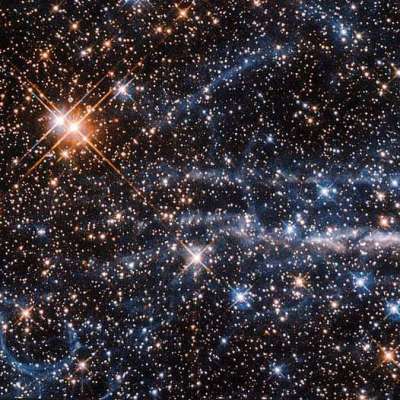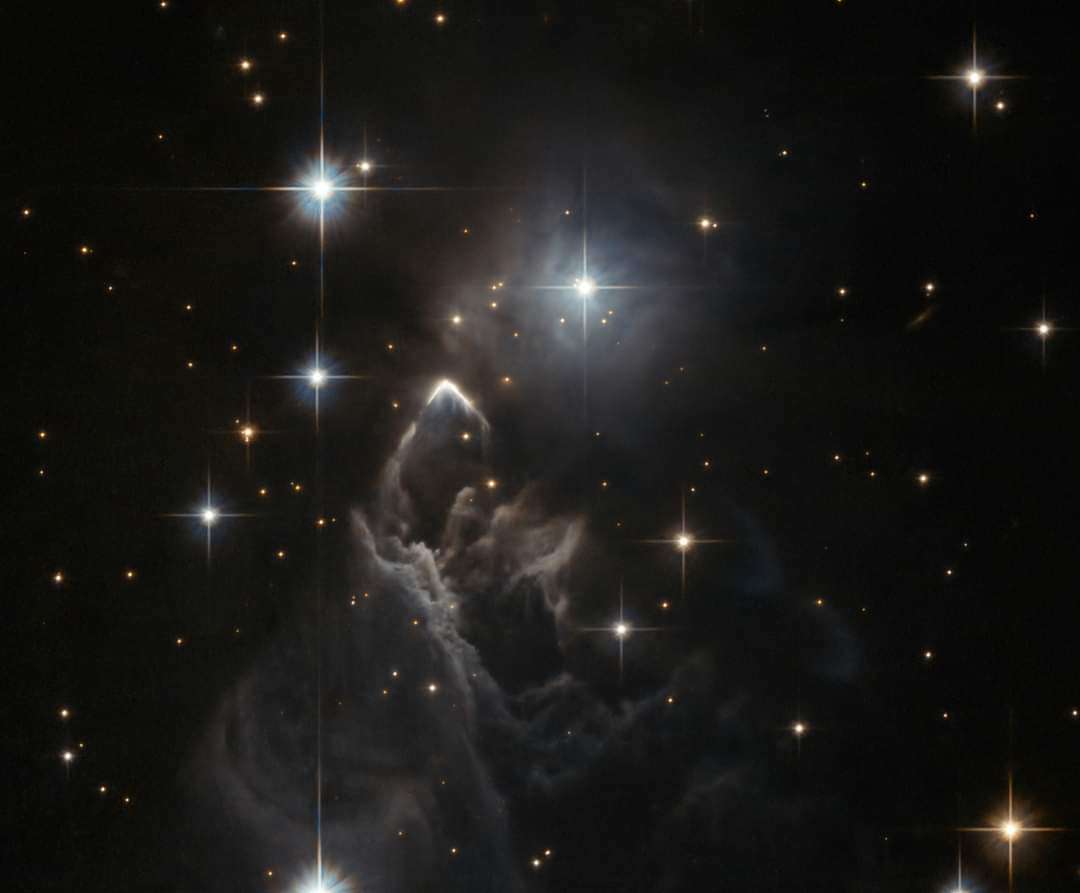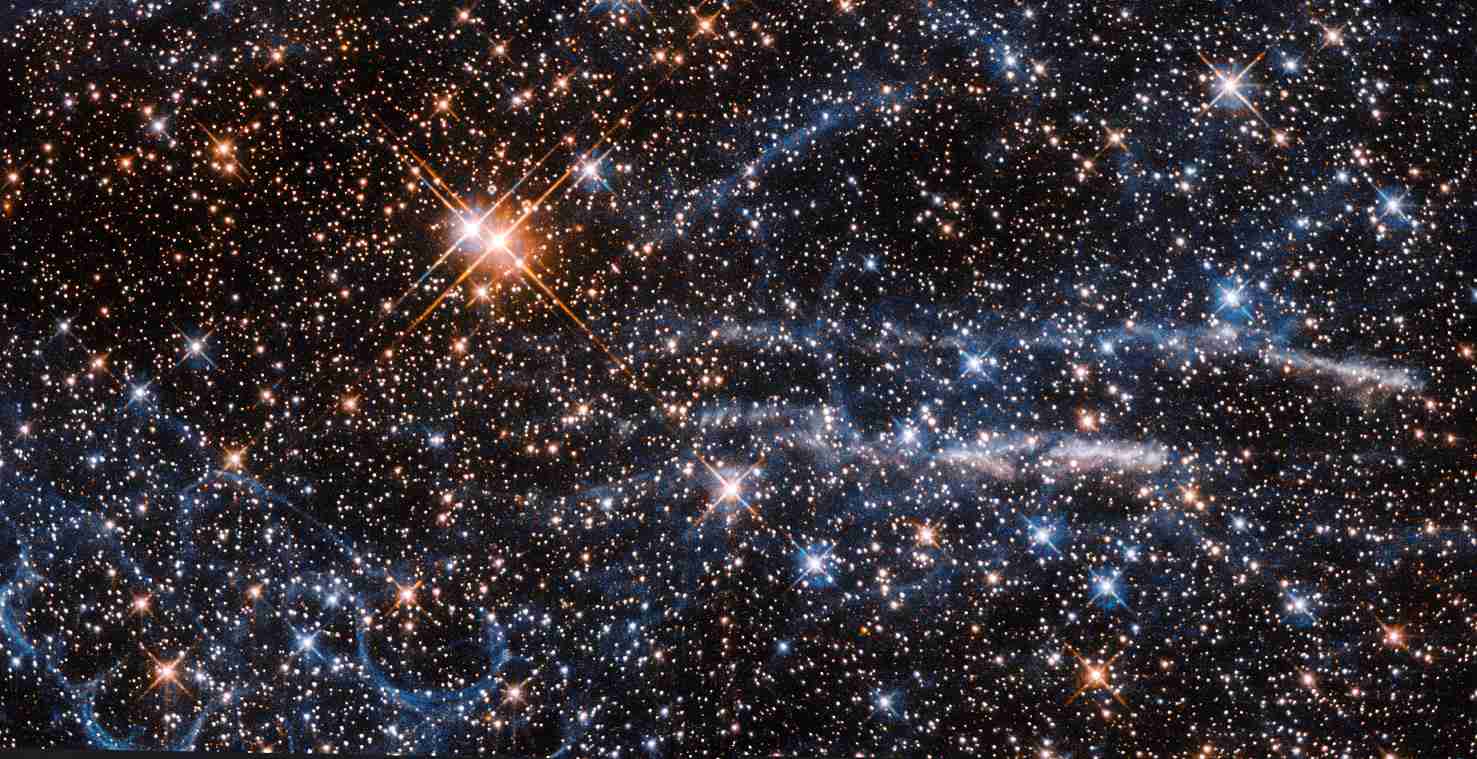📍 NGC 261
➡️ 200,000 light-years
🏠 Tucana constellation
This emission nebula, located in the Small Magellanic Cloud, blooms a brilliant red in our next #meetyourcosmicneighbors image!
NGC 261 is home to numerous stars hot enough to irradiate surrounding hydrogen gas, causing the cloud to emit a pinkish-red glow.
The region contains molecular clouds, which are extremely dense and compact regions of gas and dust. Here, cradled in the cold areas of molecular hydrogen, is where most stars form.
The combined power of Hubble’s instruments form a wide spectral coverage that helped capture the star-forming properties within the nebula.
Image credit: NASA, ESA, and L. C. Johnson (Northwestern University); Image Processing: Gladys Kober (NASA/Catholic University of America)
#nasa #hubble #space #stars #nebula #science #astronomy #universe #cosmos

 News Feed
News Feed  Albums
Albums  Popular Posts
Popular Posts  Memories
Memories  Pokes
Pokes  Blog
Blog  Market
Market  Directory
Directory  Events
Events  Games
Games  Jobs
Jobs  Offers
Offers  Find friends
Find friends  Common Things
Common Things  Fundings
Fundings 




